
This stunning work of century-old architecture has given its last tour allowing people access to never-before-seen parts of the facility.
During the Meiji period, when Japan was going through a series of cultural upheavals, the Five Big Prisons of Meiji were constructed in various locations around Japan. Perhaps the most famous is Nara Juvenile Prison, a sprawling red-brick complex in one of Japan’s most historic cities.
However, after 109 years in service, Nara Juvenile Prison officially closed completely in March of this year. And starting this month is a plan to convert the correctional facility into a hotel by 2020.
As one last hurrah, the prison opened to the public one last time on 16 July. And unlike other tours of the security complex, this one offers a look at the never before seen prisoners’ quarters, seeing as the prisoners aren’t around any more.
Our reporter K. Masami braved the heat to get a first-time look at these secretive areas. It proved not to be easy, however. Although Nara is famous for its historical sites, it usually doesn’t draw the types of crowds you might find in Disneyland.
But this time that was definitely not the case.
Our writer estimated about 10,000 people visited Nara Juvenile Prison on that day, making it one of the very few times that people were flocking to get inside a prison. Not only that, but it was a scorching hot day as well, poor conditions for Masami to have a grueling three-hour wait in line.
Luckily, inside the prison wasn’t nearly as hot, but the air felt very heavy there. Masami assumed this to be from the distinct lack of sunlight let inside.
However, some of the cells offer nice enough vistas.
Even from the outside, guards could get a good look at which cell was which because they painted their numbers on the wall.
Some of the dark parts of the prison’s past could be seen with these buildings once used to isolate prisoners who had mental illnesses.
But there were also brighter moments like this monument to self-reformation and the fact the inmates had a swimming pool.
Getting access to the cell blocks for the first time, Masami could see the wire grating that allowed guards to watch what was going on both floors at the same time.
It also surrounded the central jailers’ office. She could imagine that this design must have been state-of-the-art back in 1908.
The 10-centimeter (four-inch) thick wooden doors kept inmates in their cells. They looked heavily aged but strong as ever and had tiny holes for the food to go in.
In the near future these cells will become the guest rooms for the hotel that would occupy this former correctional facility. Some might see this as exploiting the past, but with a structure this large, ornate, and old, maintenance costs had become unbearable.
▼ Probably no one will miss the authentic urinals anyway.
It also solves a major issue with the tourist economy of Nara: Although the city is full of historical sites, accommodation is seriously lacking. Developing in the area is also a nightmare because of the high chance of accidentally digging up something of historic value, thus making new hotels extremely difficult to build.
So, as crass as it may seem, converting these architectural masterpieces into viable businesses – if done right – is probably the best solution for Nara to preserve the past and stay afloat in the future.
Photos ©SoraNews24
[ Read in Japanese ]

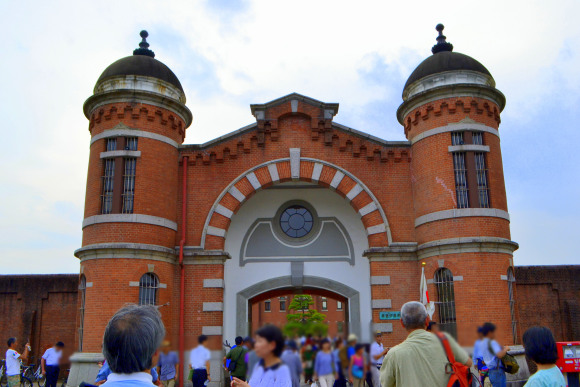

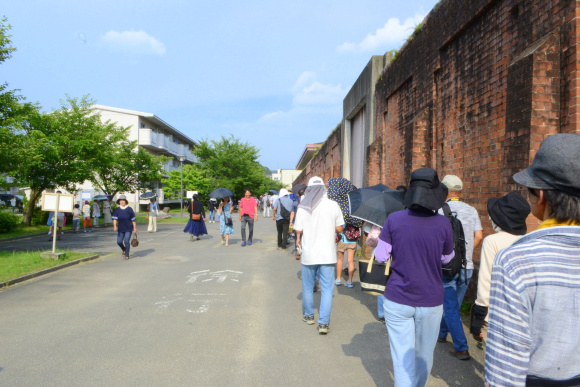
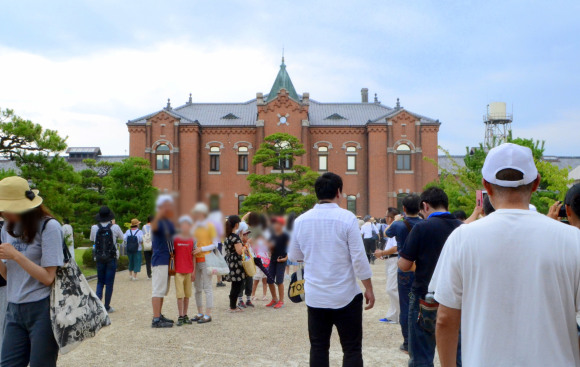
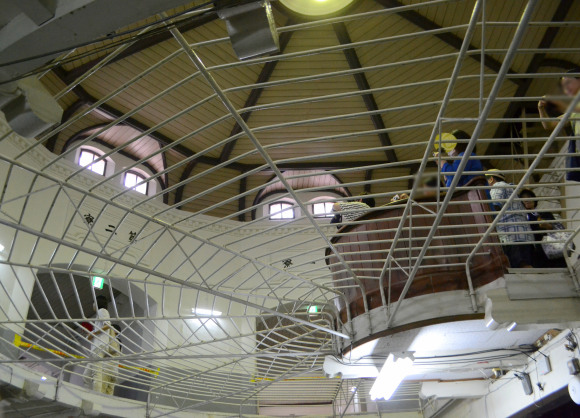
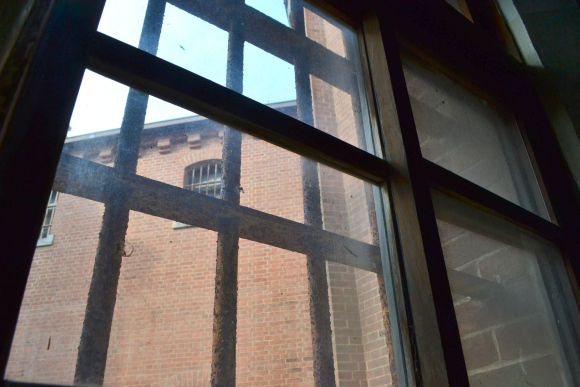
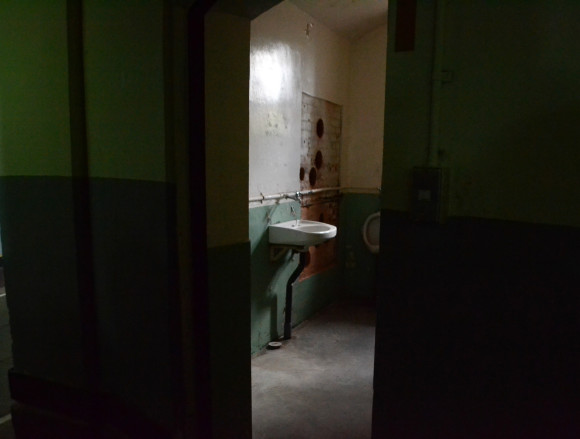
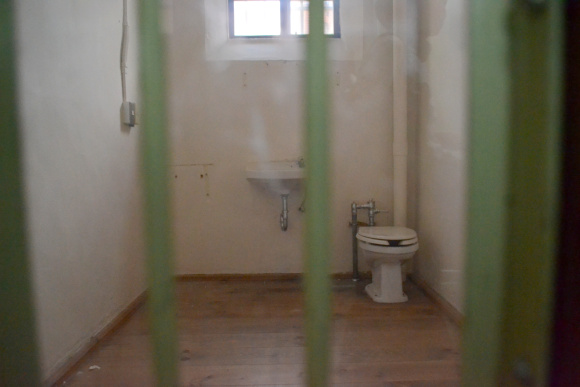
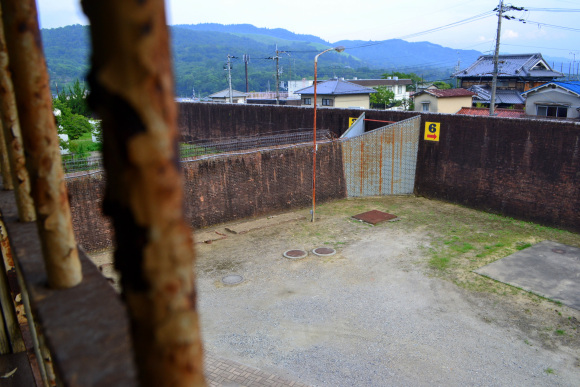
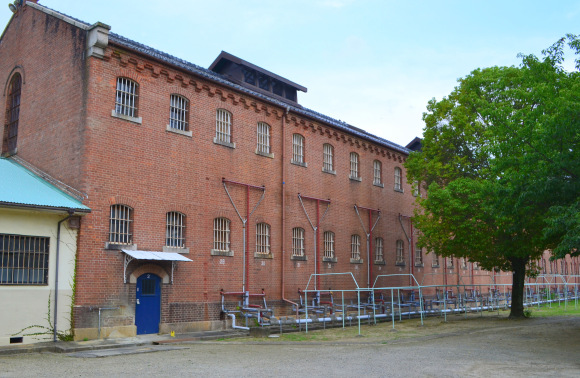
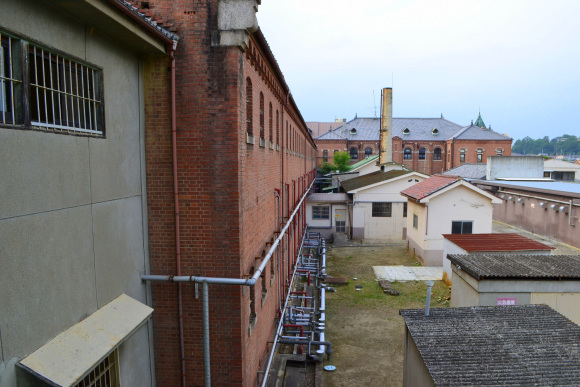
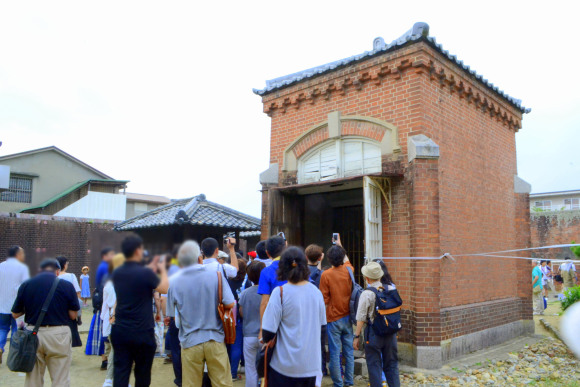
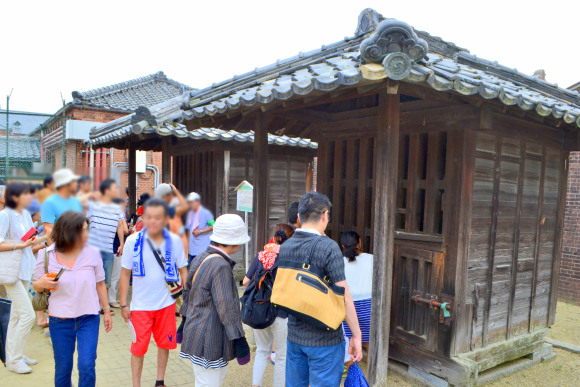
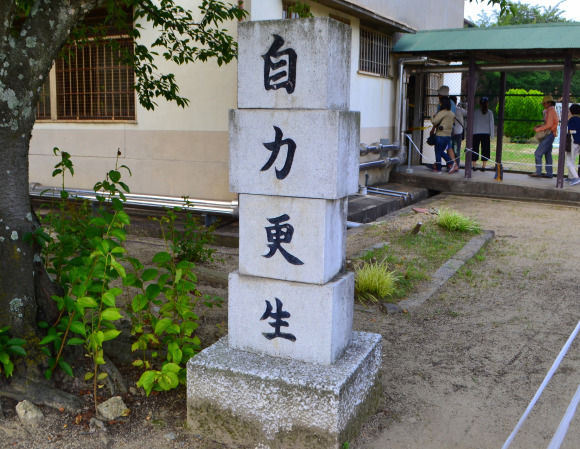
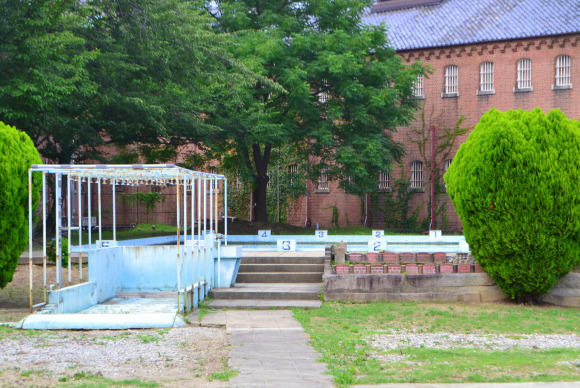
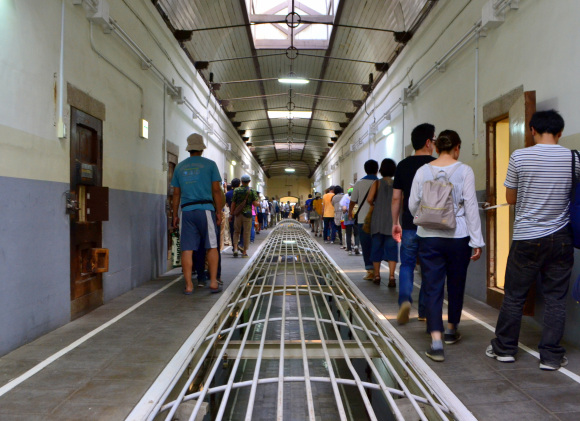
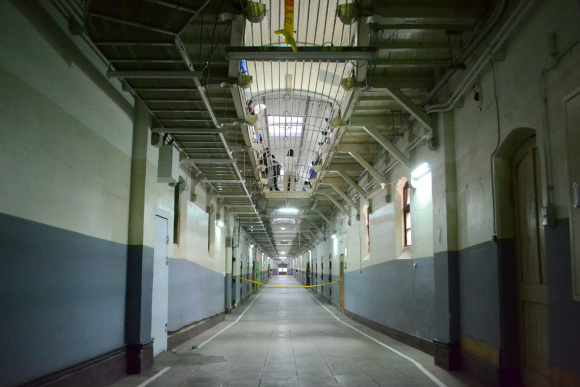
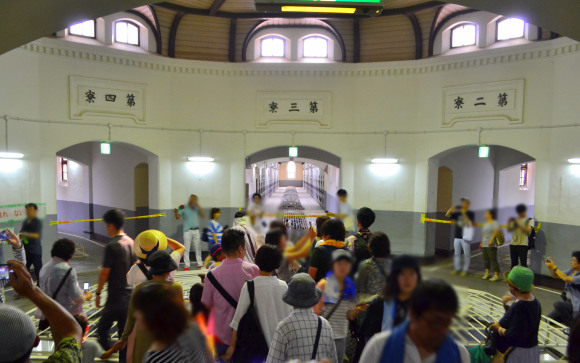
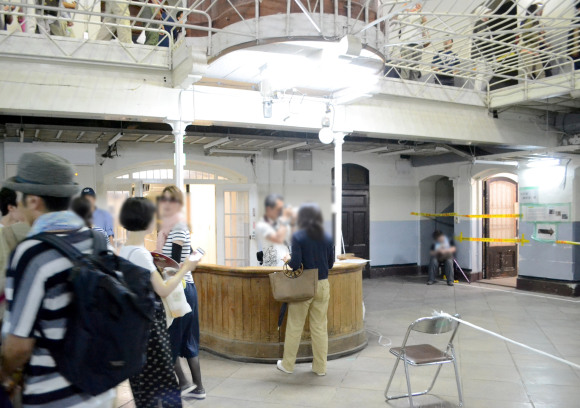
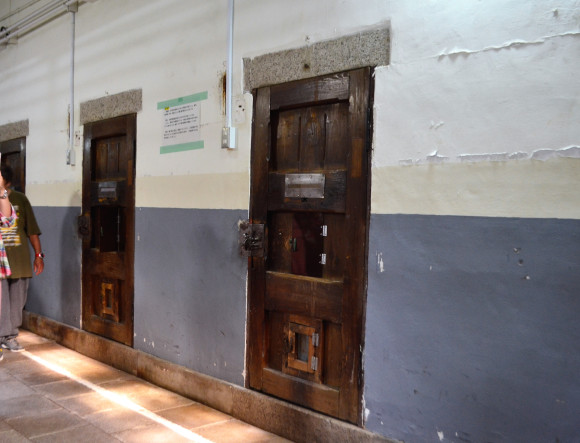
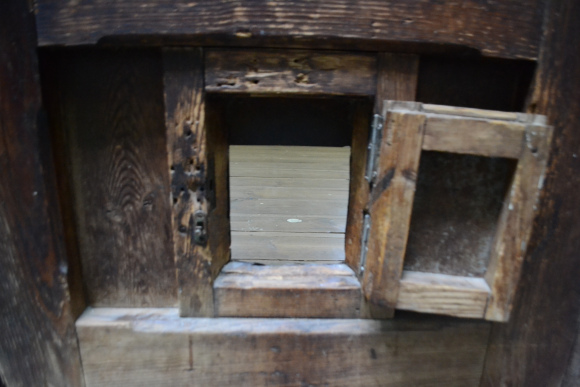

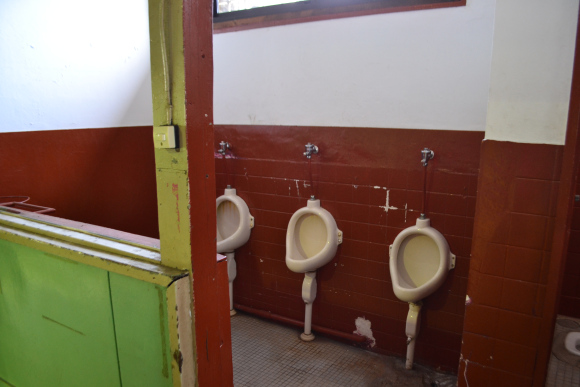
 Stay at the Nara Juvenile Prison hotel in Japan in 2020
Stay at the Nara Juvenile Prison hotel in Japan in 2020 Nintendo DS on the menu as Japanese prisons get creative to keep ageing prisoners’ brains active
Nintendo DS on the menu as Japanese prisons get creative to keep ageing prisoners’ brains active Runny curry, no pudding spoons among complaints of Japanese prison inmates
Runny curry, no pudding spoons among complaints of Japanese prison inmates We spend Culture Day in prison, food was arguably better than Yoshinoya
We spend Culture Day in prison, food was arguably better than Yoshinoya Japanese hotel that hosted last four emperors offering rooms for fraction of their regular price
Japanese hotel that hosted last four emperors offering rooms for fraction of their regular price McDonald’s new Happy Meals offer up cute and practical Sanrio lifestyle goods
McDonald’s new Happy Meals offer up cute and practical Sanrio lifestyle goods All-you-can-drink Starbucks and amazing views part of Tokyo’s new 170 meter-high sky lounge
All-you-can-drink Starbucks and amazing views part of Tokyo’s new 170 meter-high sky lounge More foreign tourists than ever before in history visited Japan last month
More foreign tourists than ever before in history visited Japan last month Studio Ghibli glasses cases let anime characters keep an eye on your spectacles
Studio Ghibli glasses cases let anime characters keep an eye on your spectacles Beautiful Sailor Moon manhole cover coasters being given out for free by Tokyo tourist center
Beautiful Sailor Moon manhole cover coasters being given out for free by Tokyo tourist center The oldest tunnel in Japan is believed to be haunted, and strange things happen when we go there
The oldest tunnel in Japan is believed to be haunted, and strange things happen when we go there Disney princesses get official manga makeovers for Manga Princess Cafe opening in Tokyo
Disney princesses get official manga makeovers for Manga Princess Cafe opening in Tokyo Arrest proves a common Japanese saying about apologies and police
Arrest proves a common Japanese saying about apologies and police Starbucks reopens at Shibuya Scramble Crossing with new look and design concept
Starbucks reopens at Shibuya Scramble Crossing with new look and design concept Beautiful new Final Fantasy T-shirt collection on the way from Uniqlo【Photos】
Beautiful new Final Fantasy T-shirt collection on the way from Uniqlo【Photos】 We try out “Chan Ramen”, an underground type of ramen popular in the ramen community
We try out “Chan Ramen”, an underground type of ramen popular in the ramen community Foreign English teachers in Japan pick their favorite Japanese-language phrases【Survey】
Foreign English teachers in Japan pick their favorite Japanese-language phrases【Survey】 Is the new Shinkansen Train Desk ticket worth it?
Is the new Shinkansen Train Desk ticket worth it? There’s a park inside Japan where you can also see Japan inside the park
There’s a park inside Japan where you can also see Japan inside the park Japanese convenience store packs a whole bento into an onigiri rice ball
Japanese convenience store packs a whole bento into an onigiri rice ball Studio Ghibli releases Kiki’s Delivery Service chocolate cake pouches in Japan
Studio Ghibli releases Kiki’s Delivery Service chocolate cake pouches in Japan Japan’s bone-breaking and record-breaking roller coaster is permanently shutting down
Japan’s bone-breaking and record-breaking roller coaster is permanently shutting down New definition of “Japanese whiskey” goes into effect to prevent fakes from fooling overseas buyers
New definition of “Japanese whiskey” goes into effect to prevent fakes from fooling overseas buyers Foreign passenger shoves conductor on one of the last full runs for Japan’s Thunderbird train
Foreign passenger shoves conductor on one of the last full runs for Japan’s Thunderbird train Our Japanese reporter visits Costco in the U.S., finds super American and very Japanese things
Our Japanese reporter visits Costco in the U.S., finds super American and very Japanese things Kyoto bans tourists from geisha alleys in Gion, with fines for those who don’t follow rules
Kyoto bans tourists from geisha alleys in Gion, with fines for those who don’t follow rules Studio Ghibli unveils Mother’s Day gift set that captures the love in My Neighbour Totoro
Studio Ghibli unveils Mother’s Day gift set that captures the love in My Neighbour Totoro Domino’s Japan now sells…pizza ears?
Domino’s Japan now sells…pizza ears? New Japanese KitKat flavour stars Sanrio characters, including Hello Kitty
New Japanese KitKat flavour stars Sanrio characters, including Hello Kitty Sales of Japan’s most convenient train ticket/shopping payment cards suspended indefinitely
Sales of Japan’s most convenient train ticket/shopping payment cards suspended indefinitely Sold-out Studio Ghibli desktop humidifiers are back so Totoro can help you through the dry season
Sold-out Studio Ghibli desktop humidifiers are back so Totoro can help you through the dry season Japanese government to make first change to romanization spelling rules since the 1950s
Japanese government to make first change to romanization spelling rules since the 1950s Ghibli founders Toshio Suzuki and Hayao Miyazaki contribute to Japanese whisky Totoro label design
Ghibli founders Toshio Suzuki and Hayao Miyazaki contribute to Japanese whisky Totoro label design Doraemon found buried at sea as scene from 1993 anime becomes real life【Photos】
Doraemon found buried at sea as scene from 1993 anime becomes real life【Photos】 Tokyo’s most famous Starbucks is closed
Tokyo’s most famous Starbucks is closed One Piece characters’ nationalities revealed, but fans have mixed opinions
One Piece characters’ nationalities revealed, but fans have mixed opinions We asked a Uniqlo employee what four things we should buy and their suggestions didn’t disappoint
We asked a Uniqlo employee what four things we should buy and their suggestions didn’t disappoint Princesses, fruits, and blacksmiths: Study reveals the 30 most unusual family names in Japan
Princesses, fruits, and blacksmiths: Study reveals the 30 most unusual family names in Japan Studio Ghibli’s new desktop Howl’s Moving Castle will take your stationery on an adventure
Studio Ghibli’s new desktop Howl’s Moving Castle will take your stationery on an adventure Deer in Nara Park mysteriously disappear during this year’s shikadamari season
Deer in Nara Park mysteriously disappear during this year’s shikadamari season Japanese company proposes Marie Kondo as mascot for new “Spark Joy” police taser weapons
Japanese company proposes Marie Kondo as mascot for new “Spark Joy” police taser weapons Japanese prison mascot appears in children’s colouring book made by prison inmates
Japanese prison mascot appears in children’s colouring book made by prison inmates Capsule hotel in Tokyo offers spa stay, with sauna and infrared foot bath to wash stresses away
Capsule hotel in Tokyo offers spa stay, with sauna and infrared foot bath to wash stresses away Amazing pics from Kyoto/Nara “bullet tour” show no matter how tight your schedule, you should go
Amazing pics from Kyoto/Nara “bullet tour” show no matter how tight your schedule, you should go Deer in Nara Park outnumber visitors, display baffling summer gathering behaviour
Deer in Nara Park outnumber visitors, display baffling summer gathering behaviour Nara deer shikadamari mystery deepens as tourists return to Nara park
Nara deer shikadamari mystery deepens as tourists return to Nara park Nara hotel with hot spring baths by imperial palace site is a reason to remember the prefecture
Nara hotel with hot spring baths by imperial palace site is a reason to remember the prefecture Dress like an aristocrat from the Nara period at new costume rental shop in Nara【Photos】
Dress like an aristocrat from the Nara period at new costume rental shop in Nara【Photos】 Thinking about moving to Nara? Here are eight things that may surprise you!
Thinking about moving to Nara? Here are eight things that may surprise you! Wanna win a Nintendo Switch? You can with this gigantic gacha capsule machine in Nara【Photos】
Wanna win a Nintendo Switch? You can with this gigantic gacha capsule machine in Nara【Photos】 Japanese prison offers manga background work program, artwork offered online【Pics】
Japanese prison offers manga background work program, artwork offered online【Pics】 Green tea ice cream from Nara combines everything we love about the city into one cute dessert
Green tea ice cream from Nara combines everything we love about the city into one cute dessert Fancy a stylish Starbucks picnic sheet to go along with your order? You can get one free in Japan
Fancy a stylish Starbucks picnic sheet to go along with your order? You can get one free in Japan Super Crazy Kun wins seat in Toda City Council election
Super Crazy Kun wins seat in Toda City Council election Why isn’t there more deer poo in Nara Park? This very strange museum has the answer【Photos】
Why isn’t there more deer poo in Nara Park? This very strange museum has the answer【Photos】
Leave a Reply